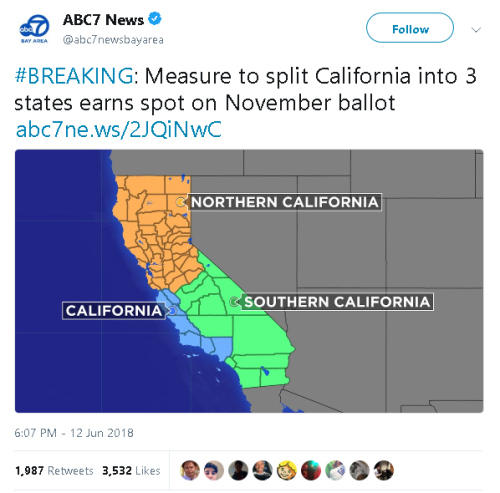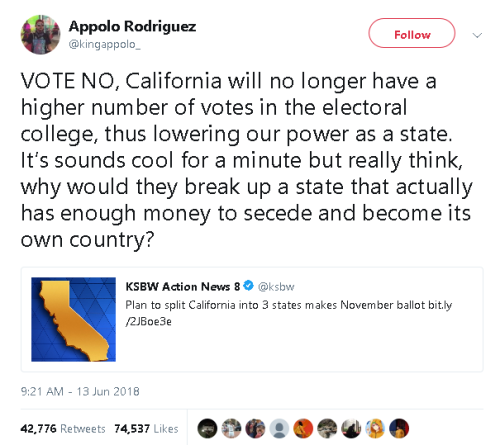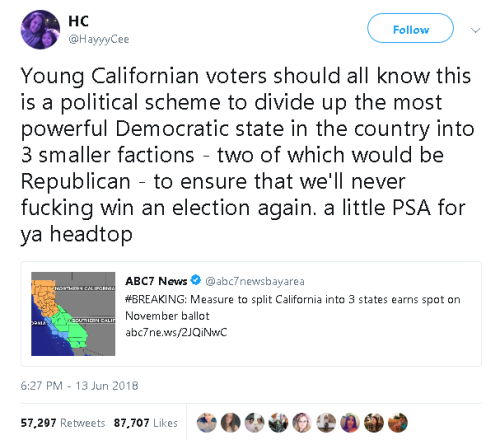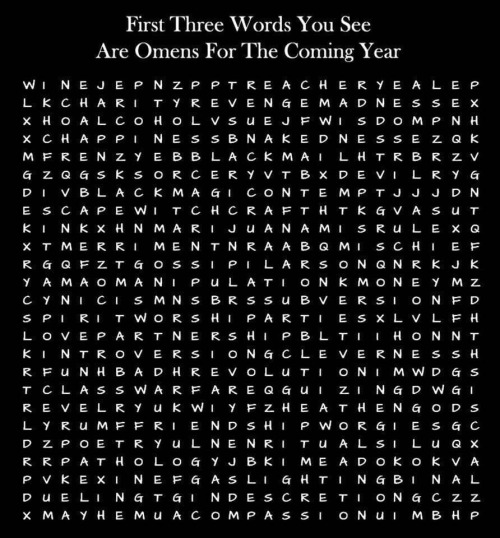We Are All One Bad Decision Away From Ending Up On The News
We are all one bad decision away from ending up on the news
More Posts from Dragons-barb and Others
And it's probably chocolate!
Revenge is a dish best served cold. Revenge is sweet. Revenge is probably ice-cream.
and I have no idea why...despite mayo jars being way more practical, and yet I still have cookie tins full of buttons.
A whole generation of women collectively decided, without the help of the internet, to use cookie tins for storing sewing supplies.
What the actual fick?!



Tbh we should get rid of the electoral college
Oh, and cloud forests! Those are spectacular! Have you seen much wildlife? What do you hear? How does it smell (when you're not downwind of a sulfuric volcano)?
Truth is truth
Villains are commonly portrayed as geniuses and mad scientists who use advanced science to take over the world. In reality, the most evil comes out of ignorance and the rejection of science.
Naked Then Bad. Okay, I'm in. Let's see where this goes. `;)

Witchcraft, Wisdom, Death...
Love big Burms... they're the Yellow Labs of snakes... big, dopey, docile, snuggle-bunnies. Retics... they are the wolves... always thinking, testing, checking out every opportunity (and I love them, too).

people who are afraid of snakes are fuckin’ WILD, like dude, just carefully step over these fat babies’ sausage bodies and gently move the burmese python chillin’ against the door, then you become unfathomably rich. i would do this for $10. i would do this for FREE.
Lizards are so fun! Scaly little cuddle bugs.
Reblog to get a lizard in your inbox

1.) Denial

The myth that panic, looting, and antisocial behavior increases during the apocalypse (or apocalyptic-like scenarios) is in fact a myth—and has been solidly disproved by multiple scientific studies. The National Earthquake Hazards Reduction Program, a research group within the United States Federal Emergency Management Administration (FEMA), has produced research that shows over and over again that “disaster victims are assisted first by others in the immediate vicinity and surrounding area and only later by official public safety personnel […] The spontaneous provision of assistance is facilitated by the fact that when crises occur, they take place in the context of ongoing community life and daily routines—that is, they affect not isolated individuals but rather people who are embedded in networks of social relationships.” (Facing Hazards and Disasters: Understanding Human Dimensions, National Academy of Sciences, 2006). Humans do not, under the pressure of an emergency, socially collapse. Rather, they seem to display higher levels of social cohesion, despite what media or government agents might expect…or portray on TV. Humans, after the apocalypse, band together in collectives to help one another—and they do this spontaneously. Disaster response workers call it ‘spontaneous prosocial helping behavior’, and it saves lives.
-
 sun-dollars liked this · 5 years ago
sun-dollars liked this · 5 years ago -
 blue-blooded-devils-blog reblogged this · 6 years ago
blue-blooded-devils-blog reblogged this · 6 years ago -
 shookspeare-in-love reblogged this · 6 years ago
shookspeare-in-love reblogged this · 6 years ago -
 certainlynotdavid reblogged this · 6 years ago
certainlynotdavid reblogged this · 6 years ago -
 psionic--drain liked this · 6 years ago
psionic--drain liked this · 6 years ago -
 darkheartednerdwithglasses liked this · 7 years ago
darkheartednerdwithglasses liked this · 7 years ago -
 fallingupintoinsanity reblogged this · 7 years ago
fallingupintoinsanity reblogged this · 7 years ago -
 fallingupintoinsanity liked this · 7 years ago
fallingupintoinsanity liked this · 7 years ago -
 wolfkat reblogged this · 7 years ago
wolfkat reblogged this · 7 years ago -
 wolfkat liked this · 7 years ago
wolfkat liked this · 7 years ago -
 tumblr-gang-or-die liked this · 7 years ago
tumblr-gang-or-die liked this · 7 years ago -
 the-queen-peach liked this · 7 years ago
the-queen-peach liked this · 7 years ago -
 alision-henderson666-blog liked this · 7 years ago
alision-henderson666-blog liked this · 7 years ago -
 donhaas liked this · 7 years ago
donhaas liked this · 7 years ago -
 teknixii reblogged this · 7 years ago
teknixii reblogged this · 7 years ago -
 deth-handles reblogged this · 7 years ago
deth-handles reblogged this · 7 years ago -
 minou-chan liked this · 7 years ago
minou-chan liked this · 7 years ago -
 flowers-in-my-urethra reblogged this · 7 years ago
flowers-in-my-urethra reblogged this · 7 years ago -
 wand33rlu5t reblogged this · 7 years ago
wand33rlu5t reblogged this · 7 years ago -
 annabellelalaala reblogged this · 7 years ago
annabellelalaala reblogged this · 7 years ago -
 scoobysnaxforcrev liked this · 7 years ago
scoobysnaxforcrev liked this · 7 years ago -
 bambi-pie reblogged this · 7 years ago
bambi-pie reblogged this · 7 years ago -
 ivonne2504 liked this · 7 years ago
ivonne2504 liked this · 7 years ago -
 minecraftedmarvel liked this · 7 years ago
minecraftedmarvel liked this · 7 years ago -
 jxice reblogged this · 7 years ago
jxice reblogged this · 7 years ago -
 alertarcade liked this · 7 years ago
alertarcade liked this · 7 years ago -
 junkboxsp liked this · 7 years ago
junkboxsp liked this · 7 years ago -
 iguanaspud liked this · 7 years ago
iguanaspud liked this · 7 years ago -
 mysterywolf119 reblogged this · 7 years ago
mysterywolf119 reblogged this · 7 years ago -
 mysterywolf119 liked this · 7 years ago
mysterywolf119 liked this · 7 years ago -
 dazeebean liked this · 7 years ago
dazeebean liked this · 7 years ago -
 crystalkleure reblogged this · 7 years ago
crystalkleure reblogged this · 7 years ago -
 rachealtroxail666-blog liked this · 7 years ago
rachealtroxail666-blog liked this · 7 years ago -
 herefortheflatmarssociety-blog liked this · 7 years ago
herefortheflatmarssociety-blog liked this · 7 years ago -
 deadpoet-society liked this · 7 years ago
deadpoet-society liked this · 7 years ago -
 niceandstrange liked this · 7 years ago
niceandstrange liked this · 7 years ago -
 horizonttgrau reblogged this · 7 years ago
horizonttgrau reblogged this · 7 years ago -
 azure-shade liked this · 7 years ago
azure-shade liked this · 7 years ago -
 widget-writer reblogged this · 7 years ago
widget-writer reblogged this · 7 years ago -
 nerdyexpertspycolor-blog liked this · 7 years ago
nerdyexpertspycolor-blog liked this · 7 years ago -
 rysonbran reblogged this · 7 years ago
rysonbran reblogged this · 7 years ago -
 1mboredsblog reblogged this · 7 years ago
1mboredsblog reblogged this · 7 years ago